|
|
|
Space Coast Bird and
Wildlife Watching |
|
Bird and Wildlife Viewing
Locations
Additional Resources
Weather Forcasts |||
Birding Forums / Websites |
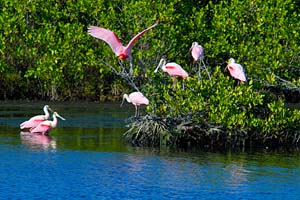
The Space Coast, home of the
Space Coast Bird and Wildlife
Festival, is one of the top
birding and wildlife watching
destinations in the world,
boasting an amazing diversity of
bird species each winter.
The Space Coast is located
within the Atlantic Flyway, has
over 70 miles of Atlantic Ocean
Shoreline, contain 70 miles of
the Indian River Lagoon,
America's most biologically
diverse estuary, and 70 miles of
the St John's River and it's
headwaters. In addition,
separating these water bodies
are the scrubby uplands of the
Coastal Strand Scrub of the
barrier islands and the Atlantic
Coastal Ridge separating the
Indian River Lagoon and St.
John's River basins. In all
there are over 500,000 acres of
bird and wildlife watching
opportunities.
|
|
In addition we are located at a
latitude where temperate and
sub-tropical climatic zones
converge, adding to the
diversity of wildlife that can
be spotted in the area. These
are one of the reasons our
annual
Space Coast Bird and Wildlife
Festival
is now ranked as one of the
top festivals of its kind in the
Nation. |
|
In the Northern section, Merritt
Island National Wildlife Refuge and
Canaveral National Seashore provide over
240,000 acres of birdwatching
opportunities associated with the Indian
River and Mosquito Lagoons. Wading birds
abound, as do Ducks, Pelicans, Grebes,
Cormorants, Anhinga, and many others
including songbirds, raptors, and
others. |
|
Cape Canaveral national seashore
offers the chance to see a
variety of shorebirds among 26
miles of undeveloped beach as
well as raptors and others.
These are fairly well known.
What is relativly unknown are
the thousands of acres of lands
managed by the St Johns Water
Management District. Properties
such as Buck Lake, Seminole
Ranch, Salt Lake, South Lake,
and Canaveral Marshes
Conservation Areas, all just to
the west of Titusville, provide
additional expanses of
opportunities and yet remain
relatively unused, except by
locals in the know. Locations
such as Tosohatchee, Little Big
Econ State Forest, Black
Hammock, Lake Proctor, Chuluota,
and little Econ Wilderness Areas
are just a short drive away from
Titusville. The Brevard Count
Environmentally Endangered Lands
Program has purchased for
conservation and outdoor
recreation a number of
properties in this area
including the Enchanted Forest
Sanctuary, Pine Island
Sanctuary, and others. One, the
Dicerandra Sanctuary, is a
beautiful hidden gem within the
City Limits of Titusville and is
home to the Dicerandra Thinicola
Mint, a rare plant endemnic to
the North Brevard County area as
well as a population of Florida
Scrub Jays, Tohees, Warblers,
Vieros, raptors and many other
woodland species. Brevard County
Parks and Recreation offers many
lagoonfront parks for birding
waterfowl as well as manatees,
dolphins, alligators and others
as well as inland properties
such as Fox Lake Park on a
freshwater lake, the hiking
trails of Wuesthoff Park, which
also serves as the trailhead for
the Titusville Wellfields
Multiuse Trail, the Chain of
Lakes Park, and North Brevard
Walking Trails. |
|
The Central Portion of the Space
Coast is anchored by the pelagic
birding and waterfowl
opportunities of Port Canaveral
and it's several waterfront
parks such as Jetty Park,
Ketcham Park Patrick Park and
Avocet Lagoon while Lori Wilslon
Park in Cocoa Beach offers a
chance to experience Coastal
Maritime Hammock habitat and the
shorebirds of the Atlantic
Coast. Ramp Road Park in Cocoa
beach offers wildlife viewing of
the Thousand Islands Mangrove
habitat. In Satellite Beach,
Hightower Beach Park, a fabulous
hidden gem, offers a
interpretive boardwalk tour of a
coastal palmetto dune habitat
and along the beach below the
high tide zone, sabellariid work
reefs, forming tide pools for
shorebirds to hunt during low
tides. Other oceanfront and
Banana River waterfront parks
offer great opportunities for
birding for waterfowl and waders
all the way south to
Indialantic.
|
|
In Merritt Island, Ulumay
Sanctuary offers several miles of hiking
along a dike path overlooking the
mangrove ecosystem of the Sykes Creek
area, while Manatee Cove offers birding
along a nature trail around a small
lagoon. There are additional parks for
viewing the Banana River, and the Indian
River lagoon for waterfowl associated
with the estuary. Rotary Park offers a
Nature Center and trails though native
woodlands. |
|
Along the mainland, Riverwalk, a
Family Park, offers a nature
center, trails, and waterfront
viewing along the Indian River
Lagoon. Other Riverfront Parks
offer birding for waterfowl and
dolphins, manatee, and others.
The Cruickshank Sanctuary of
Rocklege, a Brevard County EELs
property, offers the chance to
walk trails and see Florida
Scrub Jays and other scrub
related species. Melbourne's
Wickam Park is a popular 391
acre park with semi-improved
camping, about four miles of
narrow trails that meander
through oak hammocks, scrub,
pine flatwoods, and along marshy
streams for both equestrian and
hiking use. Farther to the west,
Burton Smith Park offers birding
among two lakes with trails and
some primitive camping while the
River Lakes Conservation Area,
managed by the St johns River
Water Management District
protects thousands of acres of
the St Johns River Floodplain.
The primary access is by boat
from James G. Bourbeau Memorial
Park, Leroy Wright Recreation
Area, and Lake Washington Park,
however at the end of Wickham
Road in Melbourne is the
trailhead for the Moccassin
Island Trail, ending near Lake
Winder. Farther west on an easy
drive down 528 and the 417 lies
Moss Park and the adjoining
Split Oak Forest combining for
over 10 miles of birding and
hiking trails and over 100
species of birds and other
wildlife. Also check out the
Viera Wetlands, a wastewater
facility utilizing engineered
wetlands to treat sewage, making
it a favorite destination for
wildlife photographers. |
|
The South end of the Space Coast
is anchored on the beachside by the
great birding spots of Sebastian Inlet
and the Pelican Island National Wildlife
Refuge. However there are some
additional great birding sites on the
way south to the inlet that should not
be overlooked. Among them are Coconut
Point Sanctuary, Maritime Hammock
Sanctuary, and the Barrier Island
Sanctuary, the last of which covers
oceanfront to lagoon front. Look for the
Giant Land Crabs in their holes near the
tree roots at Barrier Island. The
Beachfront Parks along A1A south of
Indialantic are also great spots to scan
the ocean for Gulls Terns Shorebirds and
Pelagics. On the Mainland you can visit
the Lagoon house for some history of the
area as well as an environmental
learning center. Great bird watching
sites include the Turkey Creek, Jordon
Srcub, Malabar Scrub, and the Micco
Scrub Sanctuary. The St Sebastian River
Preserve can also be found here as can
the Three Forks, Lake Blue Cypress and
farther south, Fort Drum Conservation
Area |
|
For more information on any of
these sites and more use the
link just below to jump to the
locations menu. |
|
Jump to
Locations |
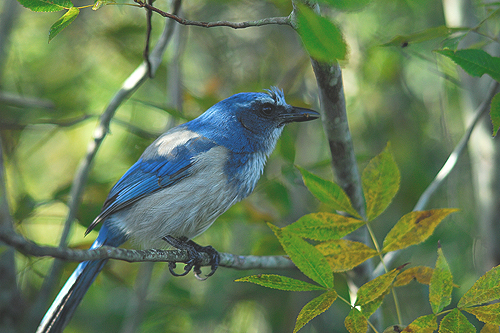 |
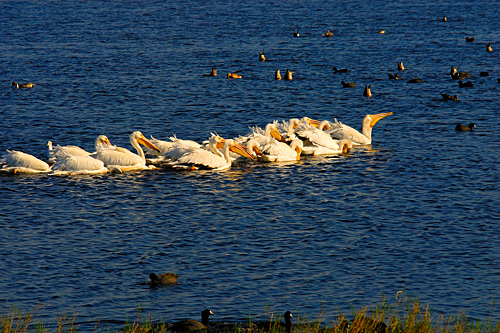 |
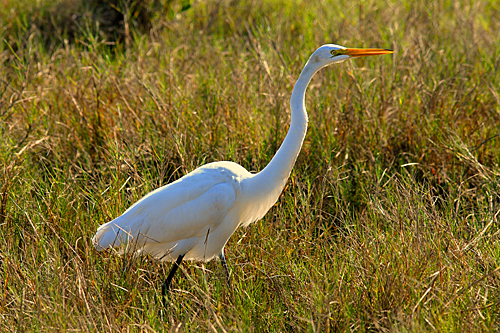 |
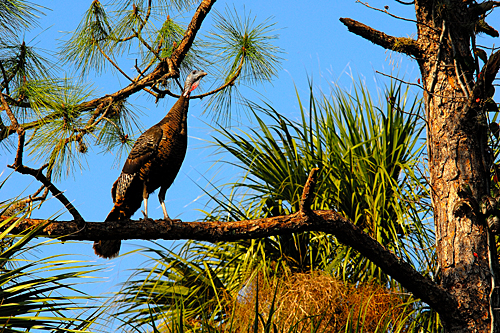 |
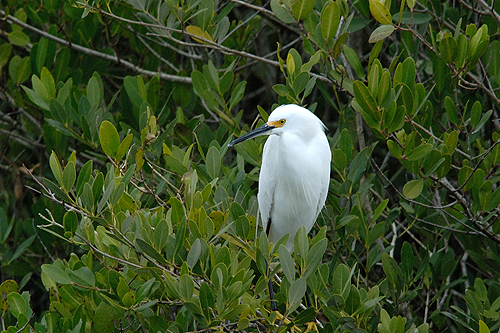 |
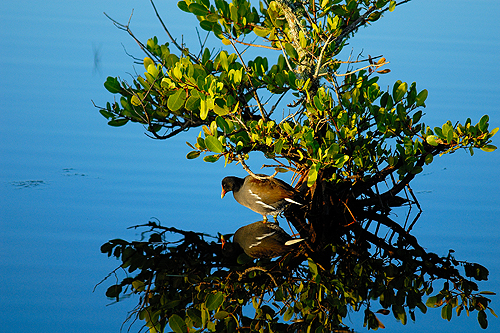 |
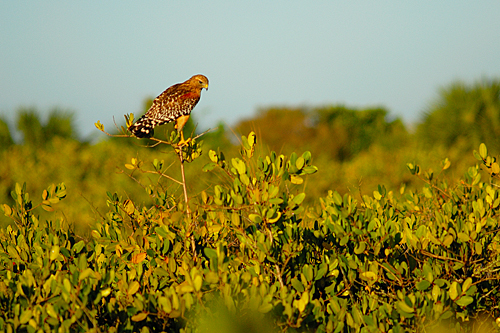 |
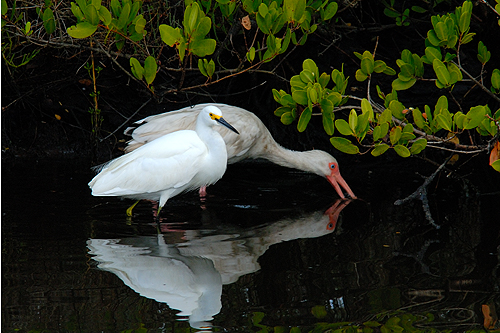 |
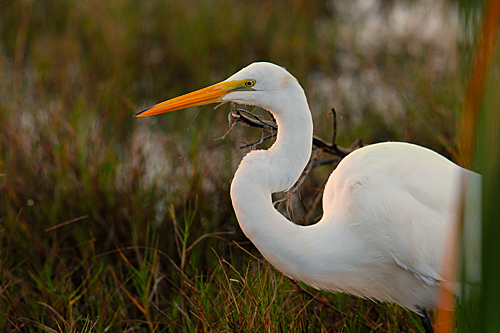 |
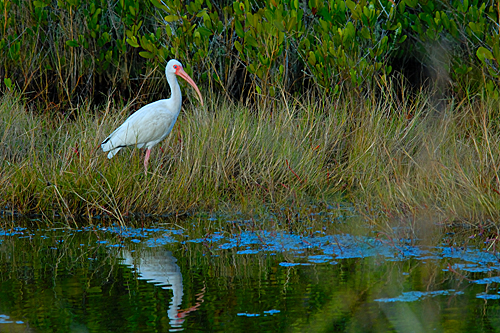 |
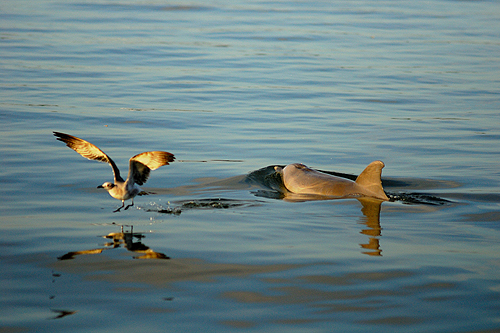 |
|
Back to Top |
|
|